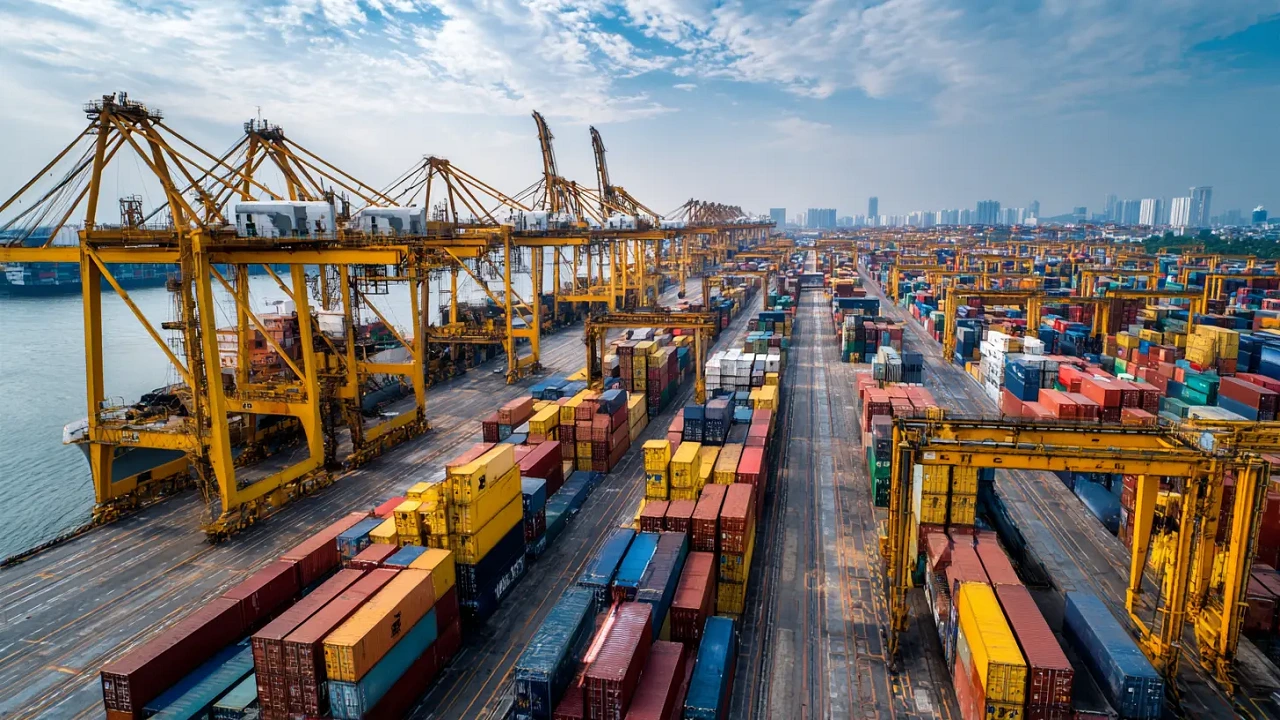Pakistan’s trade deficit has widened to $12.6 billion during the first four months of the current fiscal year, driven by a sharp rise in imports, according to the latest data from the Pakistan Bureau of Statistics (PBS). Imports in October alone surged to $6.1 billion, marking the highest level since March 2022.
The report shows that the gap between imports and exports grew by 38% compared to the same period last year, adding $3.5 billion to the deficit. During July to October, imports reached $23 billion — a 15% increase — while exports dropped by 4% to $10.5 billion. This means imports were more than double the value of exports in this period.
Officials said that one major reason behind the import rise was lower duties introduced in the federal budget. The Federal Board of Revenue (FBR) reported a 43% increase in imports of non-dutiable goods in the first quarter. The move was part of a broader trade liberalisation plan supported by the World Bank and the International Monetary Fund (IMF).
Under the IMF programme, Pakistan has agreed to gradually cut import taxes by 52% over five years. While the government hopes this will boost trade and attract investment, exports have yet to respond positively. This imbalance is creating new pressure on the country’s external accounts, which were already under strain.
READ MORE: Over 10,000 Students in Balochistan Will Get Laptops Soon
Prime Minister Shehbaz Sharif has formed eight working groups to revive exports and support local industries. The committees are expected to present their findings by mid-month, focusing on tax reforms, energy prices, and industrial revival.
In October alone, exports fell 4.5% to $2.8 billion, marking the third month of decline, while imports rose 20% from a year earlier. As a result, the monthly trade deficit widened 56% to $3.2 billion.
Analysts warn that if exports do not recover soon, the government may have to revisit its liberalisation policy to prevent further damage to foreign exchange reserves.









